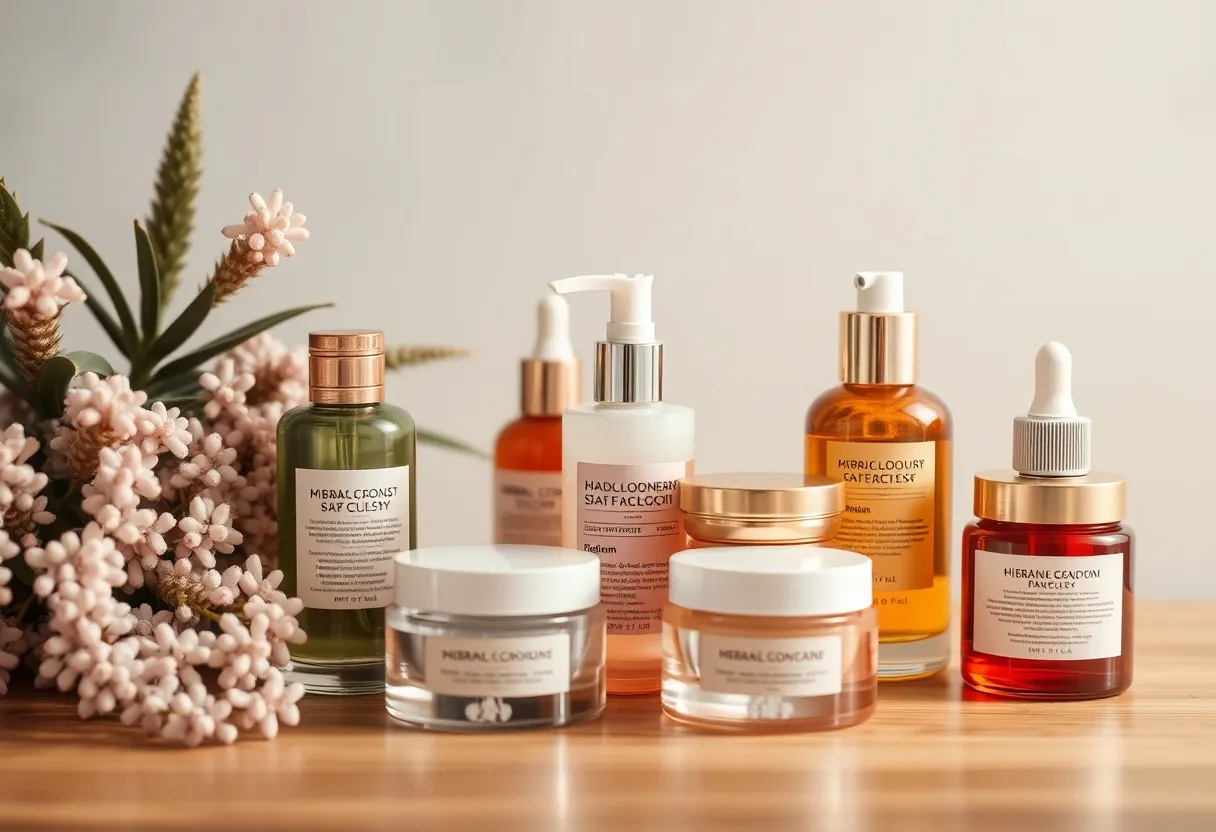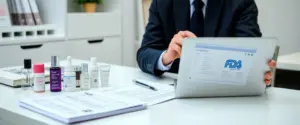
As cosmetic companies prepare to enter or expand within the U.S. market, understanding and complying with FDA MoCRA (Modernization of Cosmetics Regulation Act) requirements has become increasingly critical. This comprehensive guide addresses the key considerations and frequently asked questions surrounding MoCRA registration to help businesses navigate the regulatory landscape effectively.
Understanding MoCRA Registration Requirements
Registration vs. Certification: A Critical Distinction
One of the most important aspects to understand about MoCRA is that it involves product registration, not certification. When you register your cosmetic products through the FDA Direct site, you gain the legal authorization to sell these products within the United States. However, it’s crucial to note that the FDA does not issue official certificates upon completion of registration.
Companies should be particularly cautious of third-party agencies offering “FDA certification” services. Any certification documents provided by these entities are not FDA-endorsed and may create confusion in the marketplace. Understanding that registration alone fulfills the compliance requirements can help businesses avoid unnecessary expenses and focus on legitimate regulatory obligations.
Safety Testing and Documentation Requirements
While MoCRA does not mandate the submission of safety testing documentation during the registration process, companies bear the responsibility for maintaining comprehensive safety records. These records should demonstrate product safety through various testing methods, including:
- Skin irritation studies
- Eye sensitivity assessments
- Preservation stability tests
- Other relevant safety evaluations
These documents must be readily available to address any regulatory inquiries from the FDA. Companies should establish robust documentation systems to ensure compliance and facilitate smooth regulatory interactions.
Key Roles and Responsibilities
Responsible Person (RP) Requirements
The concept of a Responsible Person (RP) is fundamental to MoCRA compliance, yet it’s often misunderstood. The RP refers to the entity that takes responsibility for the product’s compliance and safety. Importantly, the RP does not need to be located within the United States. For instance, a Korean cosmetic brand or its designated distributor can serve as the RP, maintaining full accountability for the product’s regulatory compliance.
US Agent: When Is It Required?
There’s considerable confusion regarding US Agent requirements under MoCRA. It’s essential to understand that a US Agent is mandatory only for manufacturing facility registrations, not for product registrations. The US Agent serves as an intermediary for FDA communications with foreign manufacturing facilities.
However, for product registration purposes, US Agents are typically not required. If service providers insist that a US Agent is necessary for product registration, companies should verify this information independently to avoid unnecessary costs.
Limited Role in Consumer Relations
While RPs and US Agents can facilitate communication regarding consumer inquiries or complaints, their roles have limitations. For direct-to-consumer platforms like Amazon, a US Agent may assist in relaying customer claims, but this does not absolve the exporter of ultimate liability for their products.
Navigating Product Classification and Claims
Functional Claims and OTC Considerations
Companies must carefully evaluate whether their products require Over-the-Counter (OTC) classification. Domestic standards for functional cosmetics do not automatically translate to U.S. requirements. Products making specific claims such as whitening or wrinkle-reduction may require OTC classification, which involves:
- Active ingredient review and approval
- Additional registration requirements
- Enhanced regulatory oversight
Not all functional cosmetics require OTC registration, making it essential to assess each product individually based on its intended use and marketing claims.
Strategic Terminology Adjustments
When adapting product descriptions for the U.S. market, companies should consider cultural and regulatory sensitivities. Recommended terminology adjustments include:
- Replace “Whitening” with “Brightening” to address cultural sensitivities
- Substitute “Reduce” with “Smooth” to minimize legal scrutiny
- Use softer, more general terms that accurately describe benefits without making specific medical claims
Best Practices for MoCRA Compliance
Streamlining the Registration Process
To ensure efficient MoCRA registration while minimizing unnecessary costs, companies should:
- Verify service provider claims regarding US Agent requirements for product registration
- Maintain comprehensive safety documentation even though submission isn’t required during registration
- Understand the distinction between registration and certification
- Carefully evaluate product claims to determine appropriate classification
- Establish clear RP designation regardless of geographic location
Preparing for Regulatory Success
Success in MoCRA compliance requires a thorough understanding of the regulations and careful preparation. Companies should invest time in understanding the nuances of the requirements rather than relying solely on third-party interpretations. This approach not only ensures compliance but also helps avoid unnecessary expenses and potential regulatory complications.
Conclusion
FDA MoCRA registration represents a significant regulatory milestone for cosmetic companies seeking to access the U.S. market. By understanding the key distinctions between registration and certification, maintaining proper safety documentation, clearly defining roles and responsibilities, and carefully managing product claims, businesses can navigate the MoCRA landscape successfully.
The complexity of these regulations underscores the importance of thorough preparation and accurate information. Companies that take the time to understand these requirements and implement appropriate compliance measures will be well-positioned to succeed in the competitive U.S. cosmetics market while maintaining regulatory integrity.



